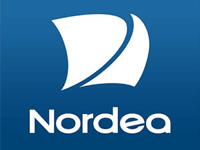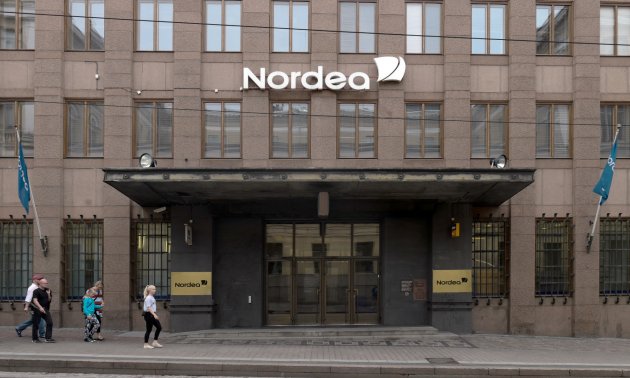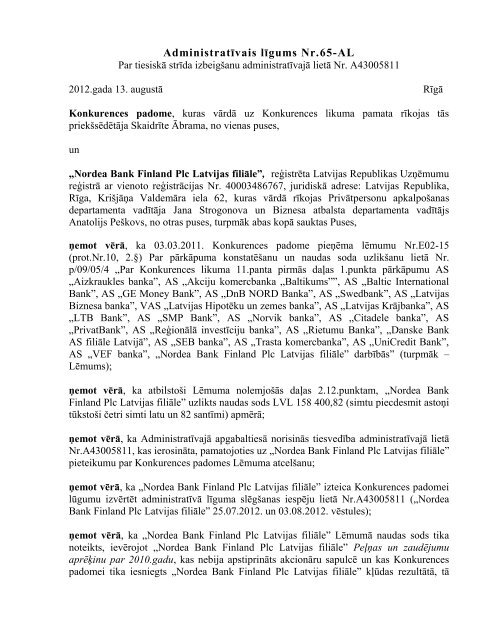
Nordea S Re Domiciliation Is Completed Nordea Com

The Swedish Fsa Approves The Merger Between Nordea Bank Ab Publ
Nordea Group Nordic Financial Services Nordea Com

Notice To The Annual General Meeting Of Nordea Bank Abp Nordea Com

Headquarter Of Nordea Bank Finland Plc Latvia Branch Riga

Nordea Bank Abp Singapore Branch Fbc

A Major Milestone Reached Nordea Is Now Domiciled In Finland

Nordea Bank Finland Plc 1211 Avenue Of The Americas New York Ny

Nordic Region S Largest Bank Nordea Suspected Of Money Laundering

Swedish Bank Nordea Accused Of Money Laundering After Danske Bank

Exterior View Global Headquarters Nordea Bank Abp Editorial Stock
Nordea Mobile Finland Apps On Google Play
Data Leak Reveals Shady Financial Transfers To Nordea Bank Yle

Nordea Wins Shareholder Approval To Move Headquarters To Finland

Browder To Take Nordea Laundering Claims To U S If Needed Bloomberg

Danske Scandal Grows As New York Said To Press Nordea Seb 2
Nordea Handled About 790 Million In Suspicious Transactions

Nordea Bank Finland Swift Code

Re Domiciliation Ecb Grants Banking Licence To Nordea Holding Abp

Bank Of Finland Begins To Publish Statistics On Credit Institutions

Exterior View Global Headquarters Nordea Bank Abp Editorial Stock

Castren Snellman On Twitter C S Advised Nordea Bank Abp With
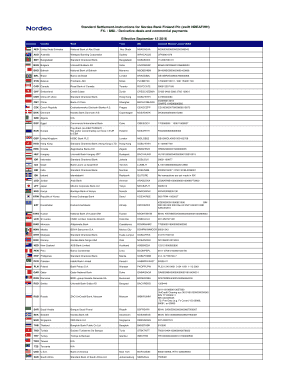
Fillable Online Standard Settlement Instructions For Nordea Bank
Nordea Bank Finland Abp Bank Hki Airbnb

Nordea Publishes A Supplement To The Prospectus Regarding The Move

Exterior View Global Headquarters Nordea Bank Abp Editorial Stock

Demerger Plan Nordea Bank Finland Nordea Com
Public Section Public Section Of The Nordea U S Living Will 2018

Nordea Bank Finland Plc Lithuania Branch Bin List Check The Bank

Nordea Bank Secure 9 75 Yielder Nordea Bank Abp Otcmkts Nrdby

Nordea Publishes A Prospectus Regarding The Move Into The Banking

View Global Headquarters Nordea Bank Abp Helsinki Editorial Stock

Nordea Bank Finland Plc Eesti Filiaal Business Card Bin Checker

Nordea Bank Abp Dividend Yield

Nordea Mobile Finland Apps On Google Play

New Too Big To Fail Bank Enters Eurozone Business Review

Nordea Bank Finland Plc Lietuvos Skyrius No Social Insurance Debt
Depositors Are Next As Nordic Banks Buckle Under Negative Rates

View Global Headquarters Nordea Bank Abp Helsinki Editorial Stock

Bank Of Finland Begins To Publish Statistics On Credit Institutions

Nordea Has Applied For The Listing Of Nordea Holding Abp On Nasdaq

Nordea Bank Finland Plc On Madison Ave In New York Ny 212 318
Finland Won T Open Nordea Money Laundering Probe Police Say Yle

Specialist Finnish Issuer Expected Under One Nordea Plan Nordic

Nordea Bank Finland Plc Lietuvos Skyrius Personnel Rekvizitai Lt

Nordea Bank Finland Plc Lietuvos Skyrius Bin List Check The Bank

Bank Card Nordea Asiakaskortti Nordea Finland Col Fi Gm 0021
Headquarter Of Nordea Bank Finland Plc Latvia Branch Riga

View Global Headquarters Nordea Bank Abp Helsinki Editorial Stock

Nordea Bank Abp Member List Membership Trading Oslo Bors

Nordea Bank Finland Plc And Pohjola Bank Plc

Nordea Gets Drawn Deeper Into Nordic Dirty Money Scandal Bloomberg

Find All Range And List Of Bins For Mastercard Scheme Bank Nordea

Nordea Bank Finland Plc Lietuvos Skyrius Personnel Rekvizitai Lt

Intragroup Exemptions From Margin Requirements Nordea Com

Nordea Sinks As Investors Fear More Money Laundering Allegations

Exterior View Global Headquarters Nordea Bank Abp Editorial Stock
Nordea Bank Finland Plc London United Kingdom Financial Service

Nordea Bank Secure 9 75 Yielder Nordea Bank Abp Otcmkts Nrdby
Public Section Document Title Public Section Of The Nordea United
Nordea Bank Ab Pictures And Photos Getty Images
Solo Reviews Brand Information Nordea Bank Finland Abp In
Headquarter Of Nordea Bank Finland Plc Latvia Branch Riga
Nordea Scrutiny Deepens On Fresh Money Laundering Allegations

ᐅ Offnungszeiten Nordea Bank Finland Plc Bockenheimer
Solo Reviews Brand Information Nordea Bank Finland Abp In

Find All Range And List Of Bins For Bank Nordea Bank Finland Plc

Danske Scandal Grows As New York Said To Press Nordea Seb Bloomberg

Nbnkf Institutional Ownership Nordea Bank Abp Finland Stock

Nordea Bank Abp Dividend Yield

Cee Legal Matters Tgs Baltic Assists Nordea Bank Register Change
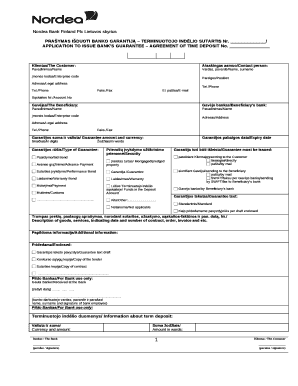
Nordea Bank Finland Plc Lietuvos Skyrius In Word Pdffiller
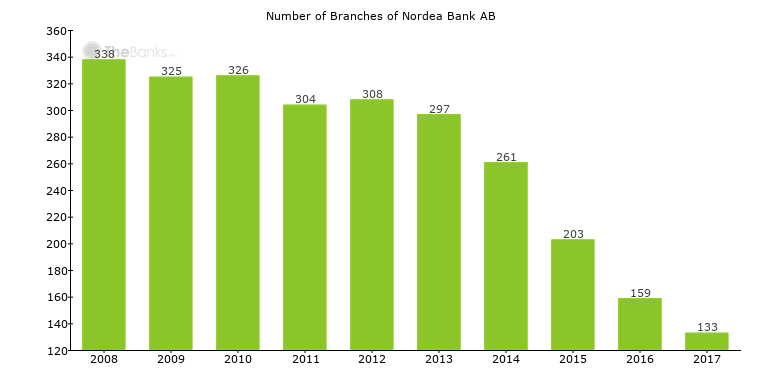
Nordea Bank Ab Sweden Locations
Headquarter Of Nordea Bank Finland Plc Latvia Branch Riga

Can Nordea Bank Continue Paying 8 1 Dividend Yield Nordea Bank

Ceo Of Nordea Bank Predicts Turnaround Financesecond

Nordea Mobile Finland On The App Store

Find All Range And List Of Bins For Bank Nordea Bank Finland Plc

Nordea Spared Laundering Probe As Finland Drops Browder Case Bloomberg
Nordea Mobile Finland Apps On Google Play
Nordea Mobile Denmark By Nordea Bank Abp Google Play United


.svg)




